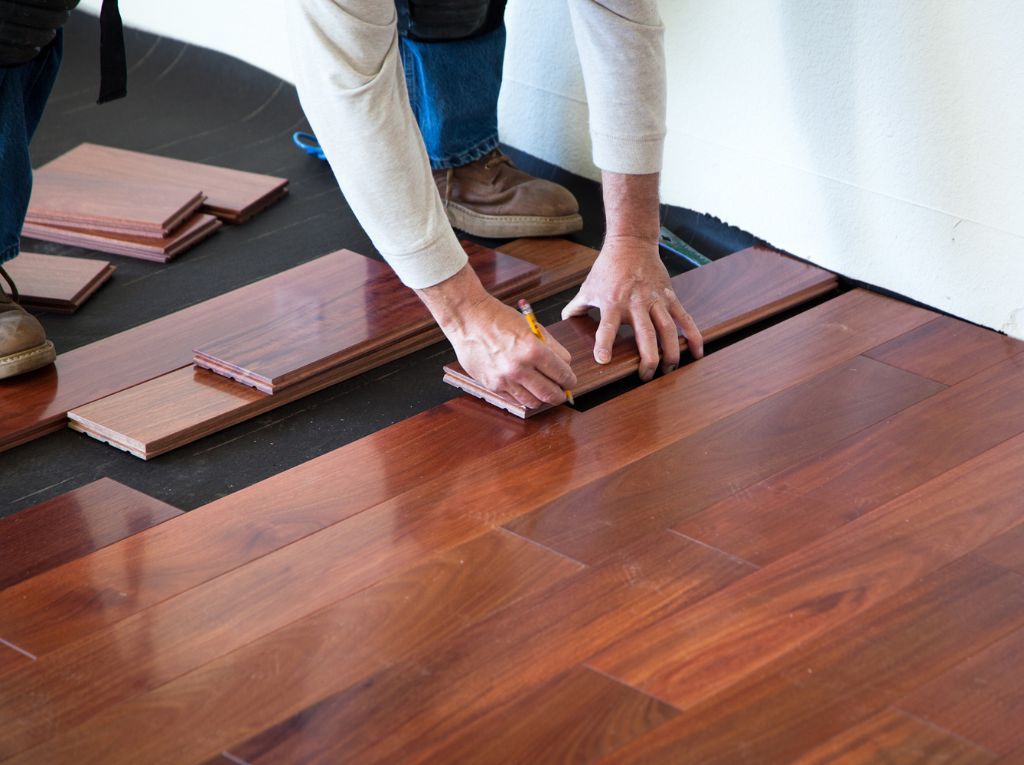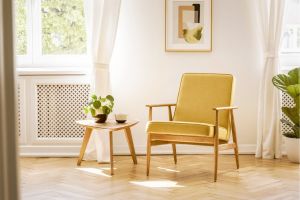Water Damaged Hardwood Floors – What To Do?

The unfortunate truth in dealing with water damaged hardwood floors is that it can be costly and comes with the time-consuming repair. Water leaks or floods will not discriminate against what type of floors they damage. It makes no difference whether the floor was a one-of-a-kind custom-made hardwood flooring or if it is a low-end DIY snap-together type of wood flooring.
So what to do when water damage happens to your hardwood flooring?
First, we assess the current state of the water damaged hardwood floors to identify and eliminate any source of moisture. Once the source of moisture is removed the water damaged hardwood floors needs to be addressed before further damage occurs. In cases like this water damages may not only include damage on the hardwood flooring itself but also may include the substrate or sub-floor.
Assessing the water damaged hardwood floors means looking out for signs of moisture that can promote the growth of mold and other organisms which increases the risk for serious health problems. Also, corrosion on metal fasteners such as nails.
When a wood floor starts to buckle, it requires replacement. Buckling of the wood flooring means that the fasteners and adhesives are no longer working. and the system will never return to its original state.
After the damage assessment is done, we then evaluate the wood flooring materials which include the wood flooring species, cut, profile, finishes, and the installation methods so to properly address the repairs.
This is followed by determining the target moisture content of the floor as related to the humidity and temperature of the area or location of the property. Hence, a professional hardwood flooring installer will conduct moisture testing. The wood flooring installer will most likely use pinless, dielectric meters to scan the flooring surface and map the damage. Also, he or she may use an insulated pin, hammer probe-type meters to achieve readings at multiple depths of wood flooring and sub-flooring.
It is equally important that sub-floor materials be thoroughly evaluated too. Water finds its way through any floor covering and will potentially adversely affect the sub-floor. Water damage to the sub-flooring is critical to address the water damage hardwood floors issue. Below are typical sub-flooring materials and what a professional hardwood flooring installer would address when evaluating:
Plywood – swelling, distortion, and dilapidation due to exposure to a high level of moisture. It is required that when these damages occur that the plywood sub-floor be replaced. Make sure that the replacement is according to industry standards.
Oriented Strand Board (OSB) – once exposed to water, swelling can occur with this type of sub-flooring. The swelling will create a decrease in the sub-floors density and a reduction in within-board strength due to the release of compaction stress created during the pressing process of manufacturing. When damage is evident OSB sub-flooring materials need to be replaced.
Concrete – is a very porous material and typically won’t show damaged when exposed to water. However, adhesives, sealers, and other compounds will slow the drying of a wetted concrete slab. The moisture from the concrete sub-floor will seal through any wood flooring installed on top of it. When a property has concrete sub-flooring moisture content testing is done. Hardwood flooring installers will have to put plywood on top of it and a moisture barrier sealer to make sure that any wood flooring will be installed on top of it won’t buckle over time.
Needless to say, when dealing with water damaged hardwood floors professional help is needed. It is best to do your homework to understand the best way to address the issue.
Need to schedule a free on-site estimate?
CHFLA is a family owned hardwood flooring business since 1994. We believe in providing professional hardwood flooring services with the best customer service that we can possibly provide. Licensed, bonded and insured; we have provided hardwood floor refinishing, all types of wood floor installation, custom, staining, sanding, repair and restoration for the Greater Los Angeles area and its neighboring communities.
Call us today at: 323-799-9954 or Schedule a FREE On-site Estimate
More Blogs
Categories











